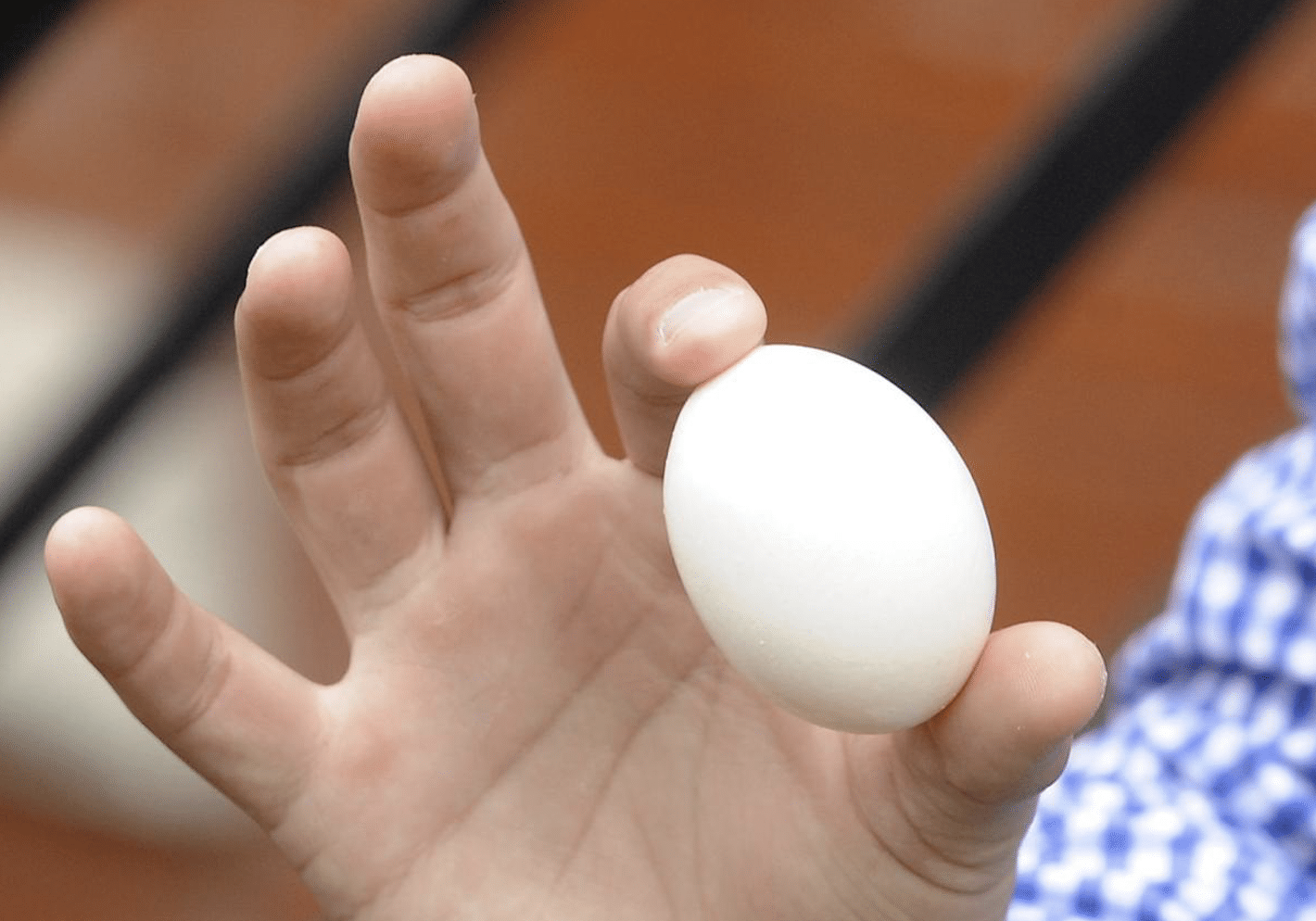First grade teacher Mrs. Lamb was live again yesterday on Facebook, and we’re back to recap her session! This time, she dove into science after receiving requests to explore this fun subject. And, after chatting with a friend, she decided to explore the egg drop. Many of us remember the day when we had to create a structure that would protect an egg from a fall, and Mrs. Lamb introduced her kids to the experiment first and now you’re invited to take part too.
The steps to try this experiment at home are simple!
How to Do an Egg Drop Experiment at Home:
- Explain the concept of dropping an egg to your student. Older kids may have learned about force in their science classes, which is the ultimate lesson. However, there is plenty of creativity to be had for younger students too.
- Ask your student to create a structure they think can withstand a drop from a second or third story window or even from a lower down ladder. Encourage them to get creative and think about what might protect their egg during a fall. The key thing Mrs. Lamb noted was she encouraged her kids to use anything that could be recycled, which is a great idea in general and also in celebration of Earth Day.
- Encourage your student to decorate their egg! Mrs. Lamb’s kids got creative and drew on their eggs, which we thought was such a fun touch. They also named them for even more personalization.
- Prepare the egg for the drop! Place it inside the structure, make sure it’s secure, then head to the spot where you will drop it.
- Mrs. Lamb’s kids waited in the yard outside where they took videos of their eggs dropping in slow motion. The videos are fantastic!
- Open the structures to see if your egg survived the fall. The goal is for it to be intact.
After taking a peek at their eggs post-fall and reviewing why certain structures worked while others didn’t, Mrs. Lamb’s kids asked to try again. One experiment turned into a complete activity for Mrs. Lamb and her family, and we think you and your family will have fun too!
Will you take part in the egg drop experiment? If you do, make sure to share it with us on Facebook. Stay tuned for next week because Mrs. Lamb will be back on Tuesday to share even more ideas live!


